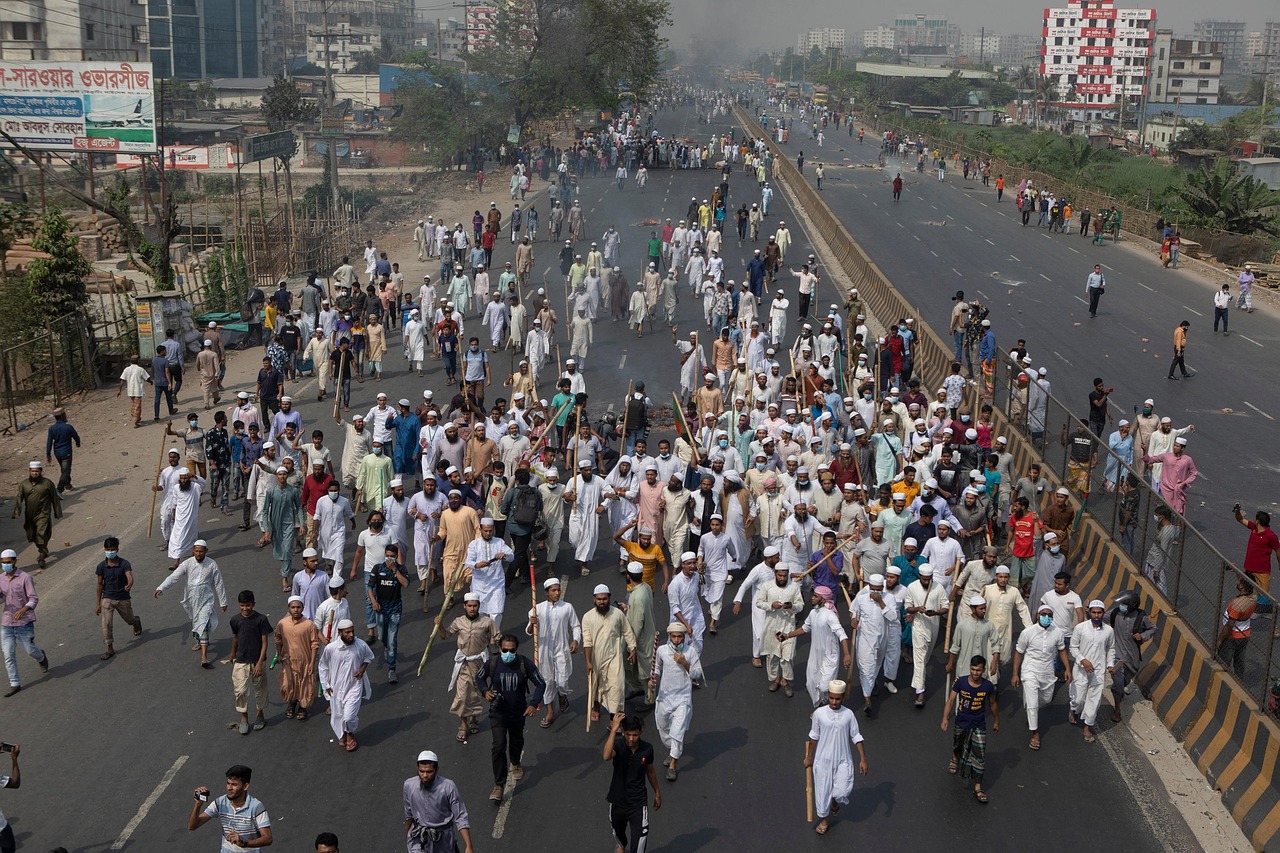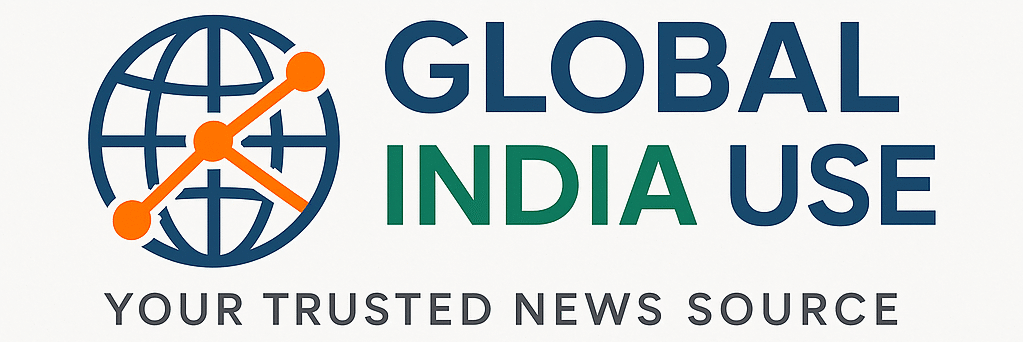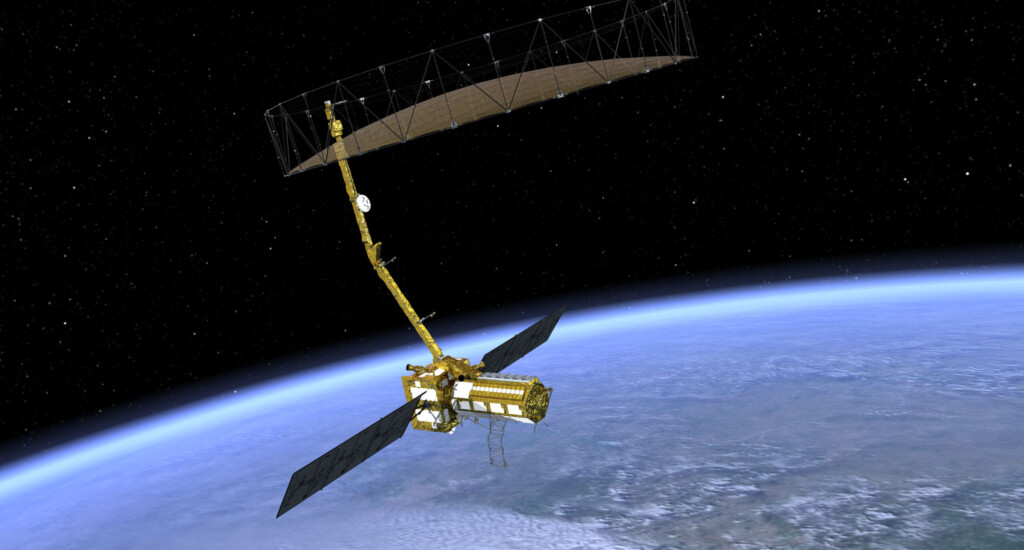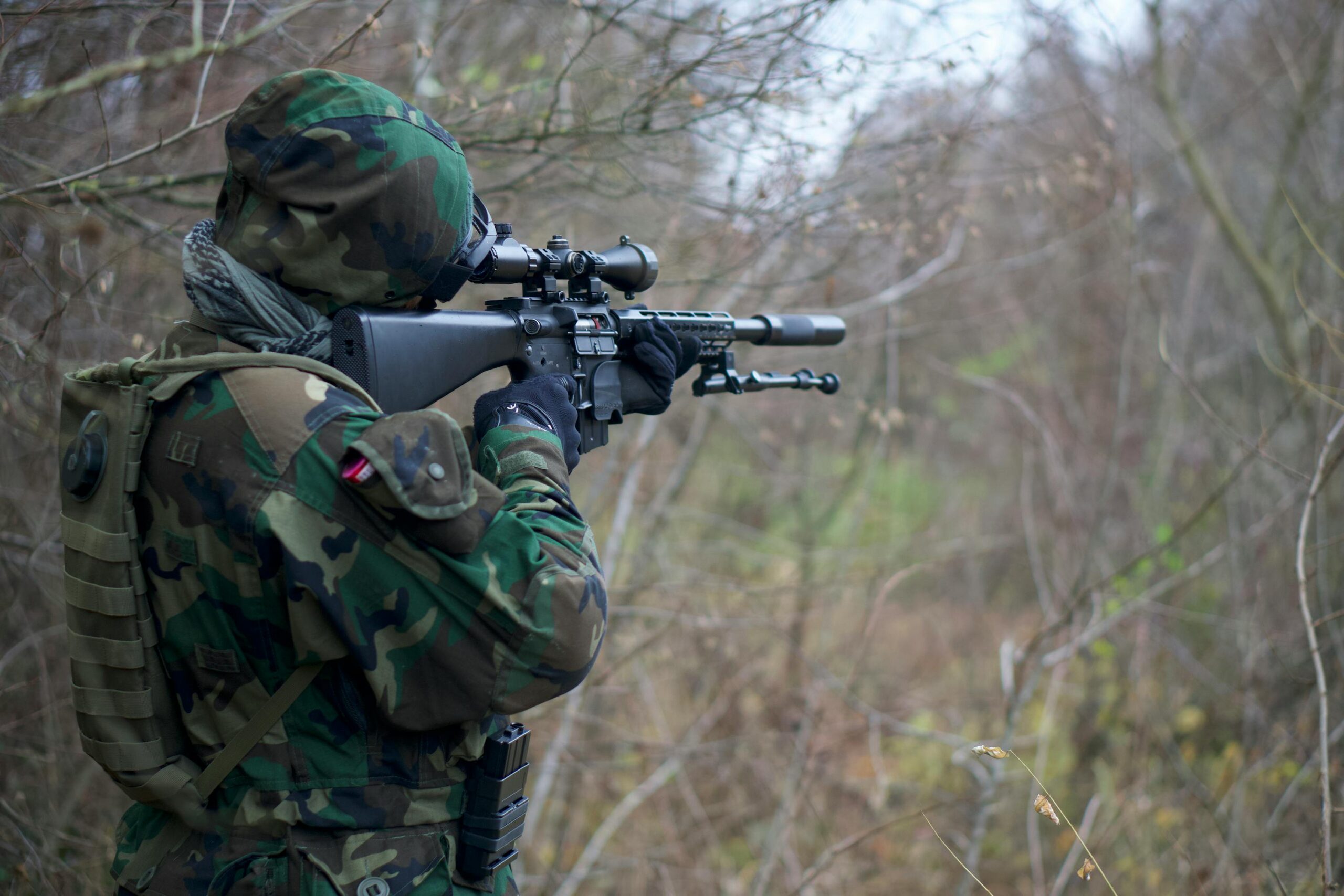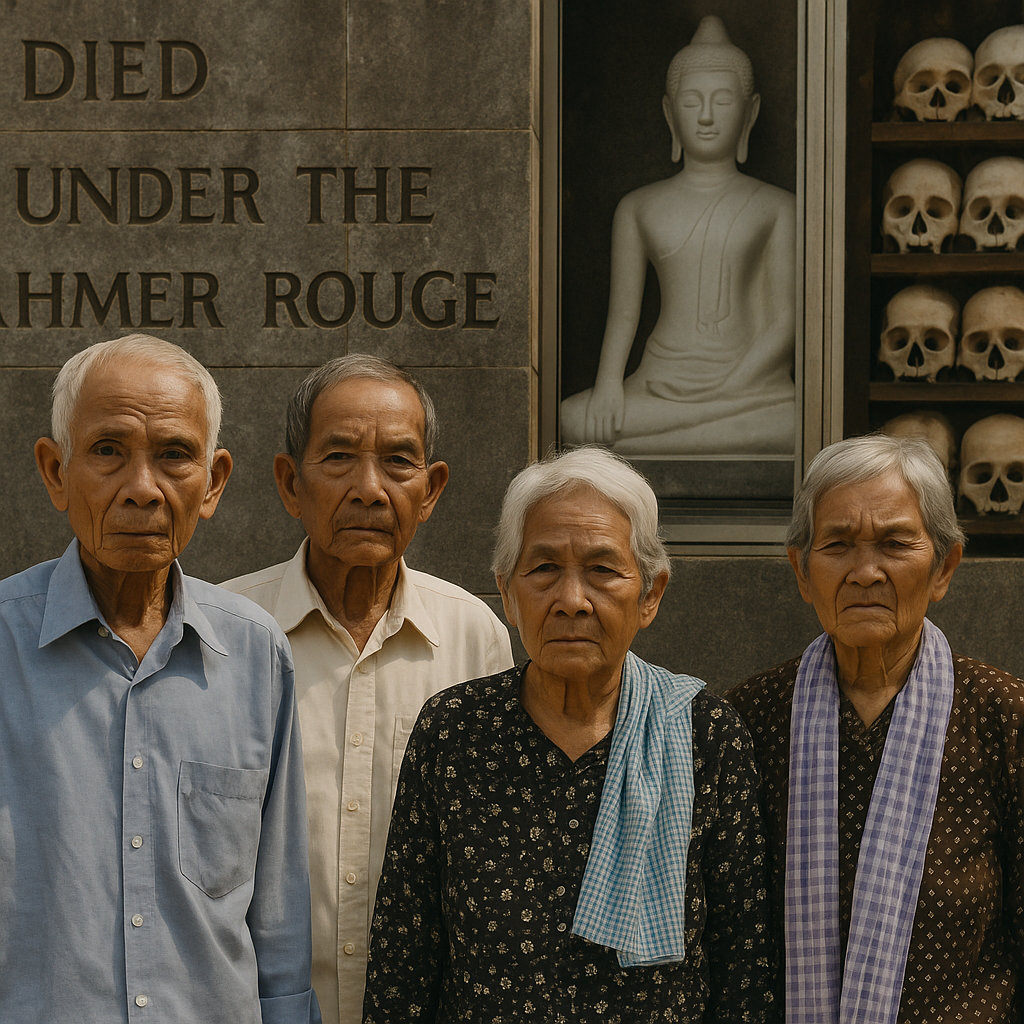Did Patel and Nehru Clash on Kashmir? PM Modi Thinks So
Modi Revisits Patel-Nehru Rift on Kashmir — But What Really Happened?
New Delhi, May, 2025
It’s not unusual for Prime Minister Narendra Modi to draw from India’s past to make a point about the present. But when he recently brought up the old argument that Sardar Vallabhbhai Patel and Jawaharlal Nehru didn’t see eye to eye on Kashmir, it struck a chord — again.
In a public address, Modi remarked:
“Had Sardar Patel been allowed to handle the Kashmir issue, perhaps things would have turned out differently.”
That one line lit up debates — not just in television studios, but across academic circles and WhatsApp groups alike. It wasn’t the first time someone said it. It won’t be the last. But it does raise the question: Was Patel really sidelined on Kashmir? And did he disagree with Nehru?
A Tale of Two Giants
Let’s go back. In 1947, India had just shaken off British rule. Chaos reigned. Refugee trains arrived bloodied. Princely states had to be integrated, fast.
That’s where Patel came in — the no-nonsense Home Minister who got dozens of wavering royal states to join India. Junagadh, Hyderabad, Bhopal — Patel handled them with a mix of grit and diplomacy.

But Kashmir? That was different.
It wasn’t that Patel didn’t care — he just wasn’t the main player. Nehru, emotionally invested and politically involved, took charge. He was close to Sheikh Abdullah, leader of the National Conference. Many say he trusted Abdullah more than the Maharaja. It was Nehru who chose to bring the Kashmir dispute to the United Nations, a move still debated.
Letters, Silence, and Subtle Friction
Historians have dug up letters, notes, and Cabinet records. There’s no explosive fight between the two men — but there’s enough to suggest Patel was uneasy.
One letter hints at it: “Kashmir is being handled directly by the Prime Minister. I will not interfere, though I have my views,” Patel reportedly wrote.
That says a lot without saying too much.
Then vs Now
Modi’s government has long elevated Patel as a towering figure — from textbooks to the Statue of Unity, the narrative is clear: Patel stood firm, Nehru hesitated.
But is that fair?
“I think Patel was more pragmatic,” says a retired historian from JNU. “But both men were dealing with fires burning on all sides. Decisions had to be made fast. We forget how fragile India was in 1947.”
Indeed, we often imagine history as neat — Patel here, Nehru there. But the truth was messy. Meetings were held in a hurry. Some files were lost. Others, sealed.
Why It Still Matters
Modi bringing this up isn’t just about Kashmir. It’s also about reframing the past to reshape the present. Politics, after all, is about memory — and who controls it.
Does it help to revisit Patel and Nehru’s disagreements today? Maybe. It reminds us that even the founding fathers didn’t always agree. And maybe, that’s okay.
Final Thought
In the end, Patel and Nehru both wanted a united India. They just took different routes. What Modi said adds fuel to a historical fire — but perhaps, in the smoke, there’s a chance to understand how hard nation-building really was.
You May Also Like
India Warns Qatar After Pahalgam Attack, Cites Sindoor Ops
India’s COVID-19 Cases Rise, Kerala Worst Hit
